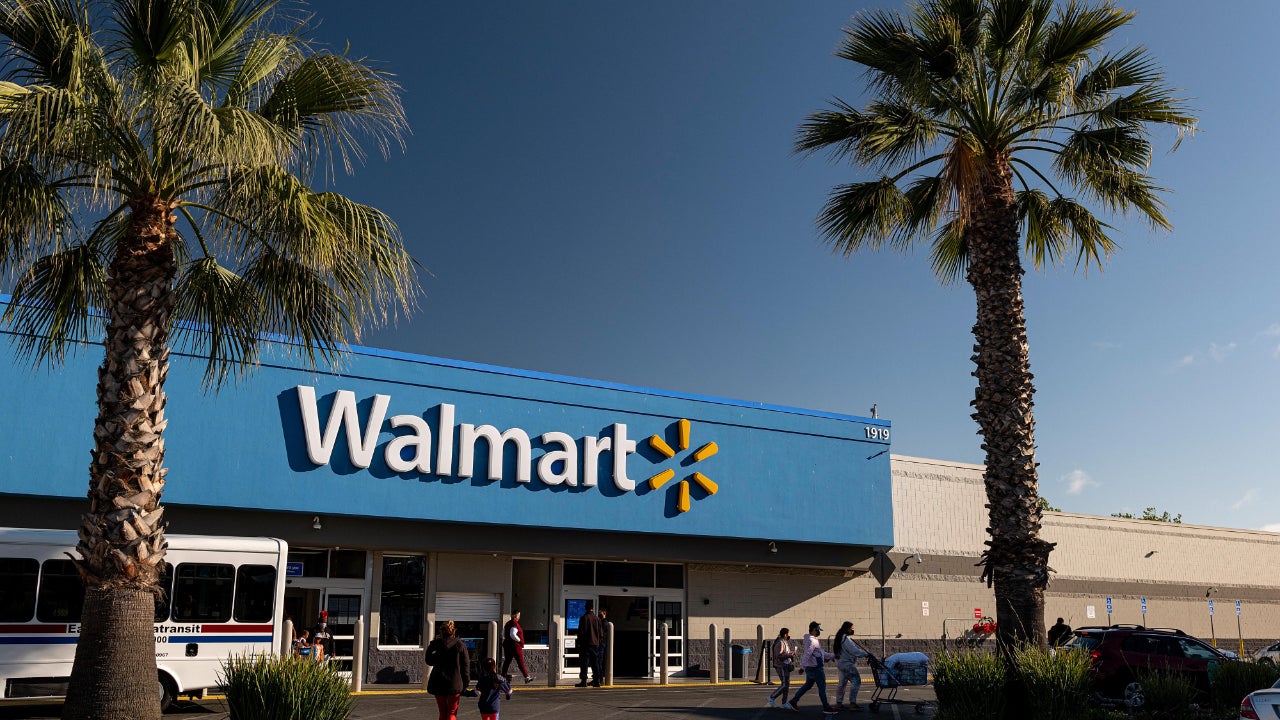Best stocks to invest in for the long term

Constantly buying and selling stocks is inherently risky. It’s also time-consuming, stressful and expensive.
A better approach, according to experts, is buying high quality companies and holding them for the long haul. Buy-and-hold is a well-tested strategy that can help you benefit from years of growth and help you save money on taxes, too.
With literally thousands of publicly traded companies out there, how do you pick the best stocks to buy and hold long-term?
While past performance is never a guarantee of future returns, the companies on this list have a track record of strong growth and several offer a dividend to shareholders as well.
9 best stocks to invest in for the long term
Amazon (AMZN)
Founded in 1994 as an online bookstore, Amazon has become a retail behemoth, dominating e-commerce and expanding into cloud computing with Amazon Web Services (AWS), streaming through Prime Video and smart home devices.
Amazon’s scale and brand recognition give it an edge over competitors and the company’s diversification across multiple sectors positions it for continued revenue growth. Amazon generated total sales of roughly $638 billion in 2024, including more than $108 billion from AWS.
Alphabet (GOOG)
Founded in 1998, Alphabet is the parent company of Google, the world’s leading search engine. It also owns YouTube, Android and invests in self-driving cars.
The company is an attractive long-term investment because it dominates online advertising. Its Android OS is on billions of devices worldwide, creating a vast user base for its products and services. Another positive signal for investors is Alphabet’s heavy investment in R&D and artificial intelligence, which may help lead to future innovations.
Alphabet’s annual revenue for 2024 was about $350 billion, a 13.9 percent increase from 2023.
Walmart (WMT)
Known for its low prices and huge network of stores, Walmart is the largest retailer in the world by revenue.
The company’s scale and efficient supply chain give it a cost advantage and competitive edge, allowing it to remain profitable even in down markets. It’s also grown its e-commerce presence significantly in recent years in order to compete with Amazon.
As if that wasn’t enough to justify Walmart’s long-term value, the company also offers a reliable dividend that has increased annually for the last 52 years.
Nvidia (NVDA)
Semiconductor company Nvidia was founded over 30 years ago, but it only became a household name recently with the rise of AI technology. It became the latest company to cross the trillion dollar mark in June 2023 (joining just five other companies), as investors bid up its shares in anticipation of a boom in artificial intelligence.
Nvidia designs advanced chips that are used in AI systems. It ended 2024 up a remarkable 185.4 percent from the start of the year and generated about $60.9 billion in revenue during its fiscal 2024.
However, Nvidia’s stock hit turbulence in 2025 amid concerns of increased competition from both established chipmakers and large tech companies developing their own custom AI chips. The stock is down 17.4 percent year-to-date as of April 14, but many analysts still believe the stock holds future growth potential.
Costco (COST)
Costco is a membership-based warehouse club known for its high-quality products, bulk buying options and loyal customer base.
The company’s membership model makes it an attractive long-term investment since this creates recurring revenue and fosters customer loyalty. It’s also cultivated loyalty from shareholders, who enjoy a reliable dividend that sat at about 4.6 percent in February 2025.
Costco shares cost about $10 when the company went public in 1985. It’s undergone two stock splits since then, and a single share of Costco now goes for about $963.
Microsoft (MSFT)
Microsoft is a software giant best known for its Windows operating system and Office products. But the company continues to innovate and emerge as a leader in other sectors, including cloud computing services and gaming products.
Microsoft has generated consistent revenue growth during its decades-long history, and continues to maintain high profitability and a healthy balance sheet. During its 2024 fiscal year, the company generated over $245 billion in revenue, a 16 percent increase over the prior fiscal year.
Visa (V)
Visa is a global payments technology company that facilitates electronic transactions. It doesn’t issue its own credit cards, but instead, provides the network for processing card transactions.
An increasing shift towards cashless transactions benefits Visa, which maintains a dominant duopoly position in the global payments network alongside Mastercard. Every time you swipe a Visa card, the company gets paid, which bodes well for future growth. Visa also offers a consistent and reliable dividend with a history of increases.
If you had bought shares of Visa for $44 in 2008 when the company went public, you would’ve enjoyed a 712 percent return on your investment as shares hit $333 in April 2025. The company underwent a 4:1 stock split in 2015, so you’d also own four times as many shares as someone who bought in after that.
Berkshire Hathaway (BRK.B)
Berkshire Hathaway is a holding company led by legendary investor Warren Buffett. It owns a diverse portfolio of insurance companies, manufacturing and retail businesses, and utility companies.
Berkshire Hathaway’s value investing strategies and proven track record of outperforming the market over time is a big draw for long-term investors. In fact, Berkshire Hathaway in many ways is built for a buy-and-hold strategy: The company avoids short-term market trends and instead focuses on acquiring and holding high-quality businesses to maintain steady and sustainable growth.
While the price of Berkshire Hathaway’s Class A shares are extremely high (making it the highest-priced stock you can buy), the company also offers Class B shares (BRK.B) at a lower price point.
Coca-Cola (KO)
Coca-Cola is one of the most recognizable brands in the world, and it maintains a leading position in the non-alcoholic beverage market.
While the beverage industry might not be poised for explosive growth like Nvidia and other high-performing tech stocks, Coca-Cola has demonstrated its ability to generate steady revenue growth. In 2024, the company grew its net revenue 3 percent for the year.
It’s been a favorite for long-term investors in large part to its dividend. Coca-Cola is what’s known as a Dividend Aristocrat, or a company that’s raised its dividend payout to shareholders for 25 years or more.
3 essential rules for buying stocks long term
Buying and holding strong stocks long-term can help you build wealth. But it’s important to keep these rules in mind along the way.
1. Understand the risks of buying stocks
Stock prices are inherently volatile and can fluctuate significantly over time. Economic downturns, company-specific issues and even global events can cause stock prices to plummet in a matter of hours or days.
It’s not unheard of for a stock to move 50 percent within a single year, either up or down. Be prepared for these swings — they’re an inevitable part of the market cycle.
One way to lower your risk is to hold your investments longer. Doing so gives you more time to ride out the ups and downs of the market.
2. Know your risk tolerance and time horizon
How comfortable are you with potential losses? If the thought of losing money keeps you up at night, you likely have a low risk tolerance and might panic sell as soon as the stocks in your portfolio start to sink.
You also want to consider how long you plan to hold your investments. Are you saving for a short-term goal like a down payment on a house, or are you building wealth for retirement decades down the line? Investors who put money into the market should be prepared to keep it there for at least three to five years. If you need your money sooner, short-term investments such as a high-yield savings account may be a better option.
Your risk tolerance and investment timeline are intertwined. People with a longer horizon can generally tolerate more risk, as they have time to ride out market downturns and allow their investments to recover.
3. Do your research
Long-term investing might mitigate risk but ultimately each investor is responsible for conducting their own due diligence.
Make sure to research the companies you’re considering before buying their stock. Analyze their financial health, growth potential and their competitors. Look for companies with a strong track record of profitability, a sustainable business model and a capable management team.
Here’s how to research stocks like the pros.
How to invest in the best stocks
Identifying the “best” stocks can be challenging, but focusing on companies with solid fundamentals, a long history of success and a positive financial outlook is a good starting point.
However, buying stocks requires considerable research and ongoing monitoring. For many investors, a simpler and more efficient way to participate in the stock market is through index funds.
These passively managed funds track a specific market index, like the S&P 500, which represents the 500 largest publicly traded companies in the U.S. When you buy an index fund, you’re essentially buying a tiny piece of all those companies. This provides instant diversification and exposure to the overall market performance.
Historically, index funds have consistently outperformed actively managed funds over the long term. That’s because actively trying to beat the market is extremely difficult, even for professional investors. Index funds tend to have lower fees compared to actively managed funds, making them a cost-effective way to invest for the long term.
One of the biggest benefits of index funds and broadly diversified ETFs is that you don’t have to spend all your free time watching your investments and fretting about the market. You can purchase a few low-cost funds and then put your portfolio mostly on autopilot.
Frequently asked questions (FAQs)
Editorial Disclaimer: All investors are advised to conduct their own independent research into investment strategies before making an investment decision. In addition, investors are advised that past investment product performance is no guarantee of future price appreciation.






